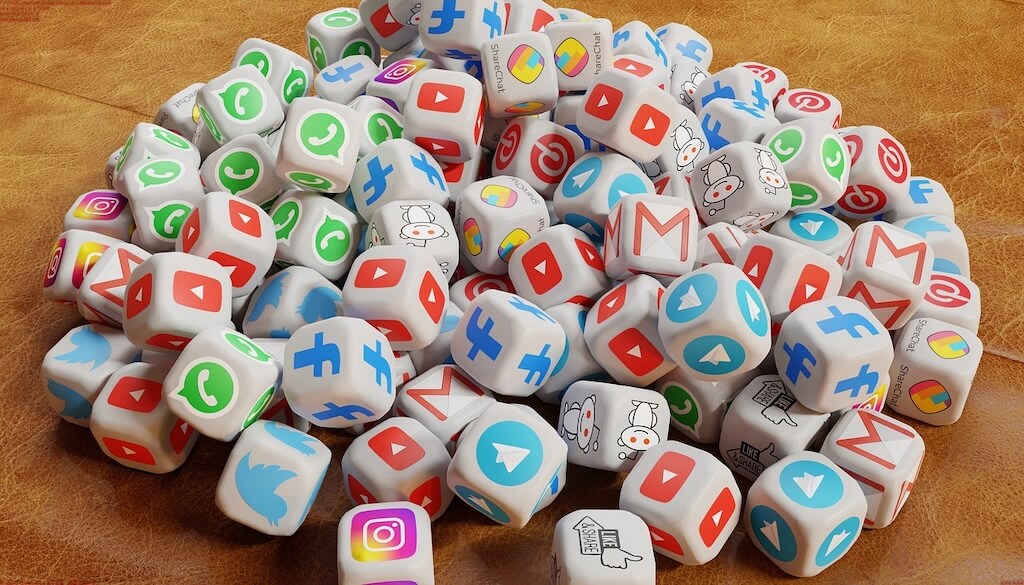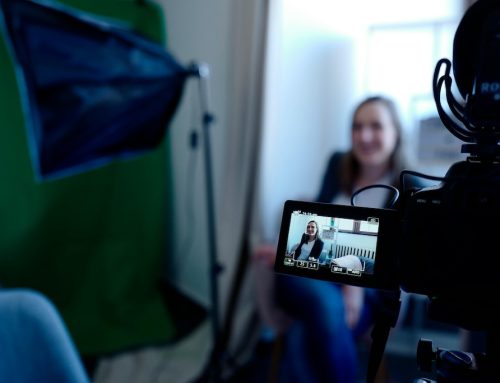It wasn’t long ago that social media management and oversight meant counting likes and shares, maybe eyeballing a few comments to see how your audience felt about a post. In 2025, social media analysis moves too fast for humans to keep up; social platforms are living, data machines that churn out millions of potential data points every day.
According to Statista, the global social media analytics market was valued at around $7 billion in 2021, with projections to exceed $26 billion by 2028. That kind of growth isn’t happening because businesses are just curious about post performance. It’s happening because AI is leveraging social data to derive actionable insights—and incredibly valuable.
Let’s unpack what that really means for business owners, marketers, and social teams who are trying to keep their edge (without burning out chasing metrics across ten platforms at once).
What Does AI in Social Media Analytics Actually Do?
Any use of artificial intelligence to track, analyze, and interpret the data coming from your social channels, including everything from engagement metrics to audience behavior, falls under the wide net of “AI in social media.”
Think of AI as the tireless analyst behind the scenes. It doesn’t just gather historical social media data; it finds patterns. It tracks changes over time. It flags anomalies. And it does it at a speed and scale no human team could match.
How Is AI Used in Analytics?
You can feel it in the numbers. They show up in your dashboard looking definitive—impressions, reach, shares, clicks—but somehow they still don’t tell the full story. That’s always been the blind spot in social analytics: the gap between what people do and what they mean.
This is where AI, when used right, doesn’t just help—it reframes the entire exercise.
It listens to tone. Picks up on friction. Spots the difference between someone sharing a post with enthusiasm… and someone sharing it to dunk on your brand. That’s not surface-level tracking. That’s sentiment decoded—in real time, across thousands of voices, all talking at once.
And it’s not just mood. It’s language. Through natural language processing (NLP), AI starts picking up on patterns that would take a human team weeks to recognize—phrases that weren’t part of last month’s marketing vocabulary but suddenly start showing up everywhere. New context. New cues. New opportunities to respond while the moment’s still alive.
Then there’s the forward pull—predictive modeling that stops looking in the rearview mirror and starts scanning the road ahead. It’s subtle, but powerful. A topic that starts to uptick, a shift in phrasing, a new format gaining heat on platforms you weren’t watching closely enough.
It doesn’t feel like analysis in the traditional sense. It feels like awareness.
But let’s not kid ourselves—AI’s only as useful as the questions you’re asking it to answer. Garbage trends still exist. Vanity metrics still look shiny. The difference now is you’ve got a tool that can point toward deeper patterns—if you’re willing to dig.
AI-Powered Tools: What’s Out There and How They Help
There are dozens of AI tools now embedded into the platforms you’re probably already using—social scheduling apps, social listening software, and even some CRM systems.
These tools help you:
- Measure user engagement across multiple social media channels
- Identify content formats and messaging that resonate with your target audience
- Detect changes in audience preferences across different platforms
- Automate reporting and spot bottlenecks in your social media campaign
- Monitor performance on different social media channels simultaneously
Some even tap into generative AI to help create posts based on what’s worked in the past—or what’s trending now. Others use computer vision to analyze image-heavy platforms like Instagram or TikTok, helping decode how visuals are performing compared to text-based content.
It’s not about removing the marketer from the process. It’s about giving you a smarter way to do what you’re already trying to do—faster, and with more confidence.
Can I Use AI to Manage My Social Media?
Short answer: Yes. Just don’t expect it to run the whole show.
AI-powered social listening and automation tools can help with scheduling, tone analysis, engagement timing, and even flagging competitor activity. Some can even suggest copy and hashtags based on data-driven insights from your previous top-performing posts.
But let’s be honest—AI doesn’t know your brand like you do. It can’t interpret nuance, improvise
during a PR issue, or understand the cultural context behind a trending topic.
That’s why we recommend treating AI as a support system. It helps with the math, not the message.
Use it to:
- Inform your content creation strategy
- Optimize future marketing campaigns
- Tailor messaging to align with current customer preferences
- Spot opportunities across all your social channels without the manual lift
What you get is a smarter foundation for your social media marketing efforts—one built on real data, not guesswork.
AI Social Media Analytics and SEO: Where the Worlds Overlap
You might be wondering, “This is great, but what does it have to do with SEO?”
Quite a lot, actually.
Today’s social media strategy feeds directly into search engine optimization—and vice versa. The content you promote on social isn’t just about visibility; it builds authority, generates traffic, and supports your search presence in ways many brands underestimate.
For example:
- High-performing social media posts can inform new blog topics, meta descriptions, or landing page headlines
- Customer feedback from social channels can spark fresh, SEO-optimized content
- Social signals (likes, shares, mentions) support your content’s reach and indirectly reinforce trust signals used by search engine algorithms
If you’re already investing in SEO, syncing your social media marketing efforts with AI-enhanced tools just makes the whole machine run smoother.
Getting Started: What to Do First
You don’t need a massive overhaul to take advantage of AI social media analytics. Here’s where we usually tell clients to begin:
- Audit your current social channels. What’s working? What’s not? Use AI tools to dig deeper into performance—not just on surface-level engagement, but on how those posts drive real outcomes.
- Start monitoring sentiment and keywords. Especially if you’re in a fast-moving industry. The sooner you know what your audience is saying (and how they’re saying it), the better your response will be.
- Map content to audience behavior. Use tools that correlate post types with actions—what gets clicked, what drives shares, what prompts conversions.
- Pull in insights across platforms. Don’t isolate your Instagram from your LinkedIn. Look at how people move between social media networks—and where they fall off.
It’s about working smarter, not harder.
Smarter Doesn’t Mean Less Human
The point of using AI in marketing isn’t to replace the people behind the scenes. It’s to give them better tools.
In the case of AI in social media analytics, that means more visibility, faster insights, and fewer missed opportunities. But it still takes smart, strategic decision-making to turn those insights into action.
At BlueHat Marketing, we help businesses integrate AI in ways that enhance—not dilute—their brand. Whether you’re looking to tighten your social media marketing strategy, align it with your SEO, or just gain clarity on what’s working, we’re here for that.
Because data is only powerful when you know what to do with it.
Let’s put it to work.





